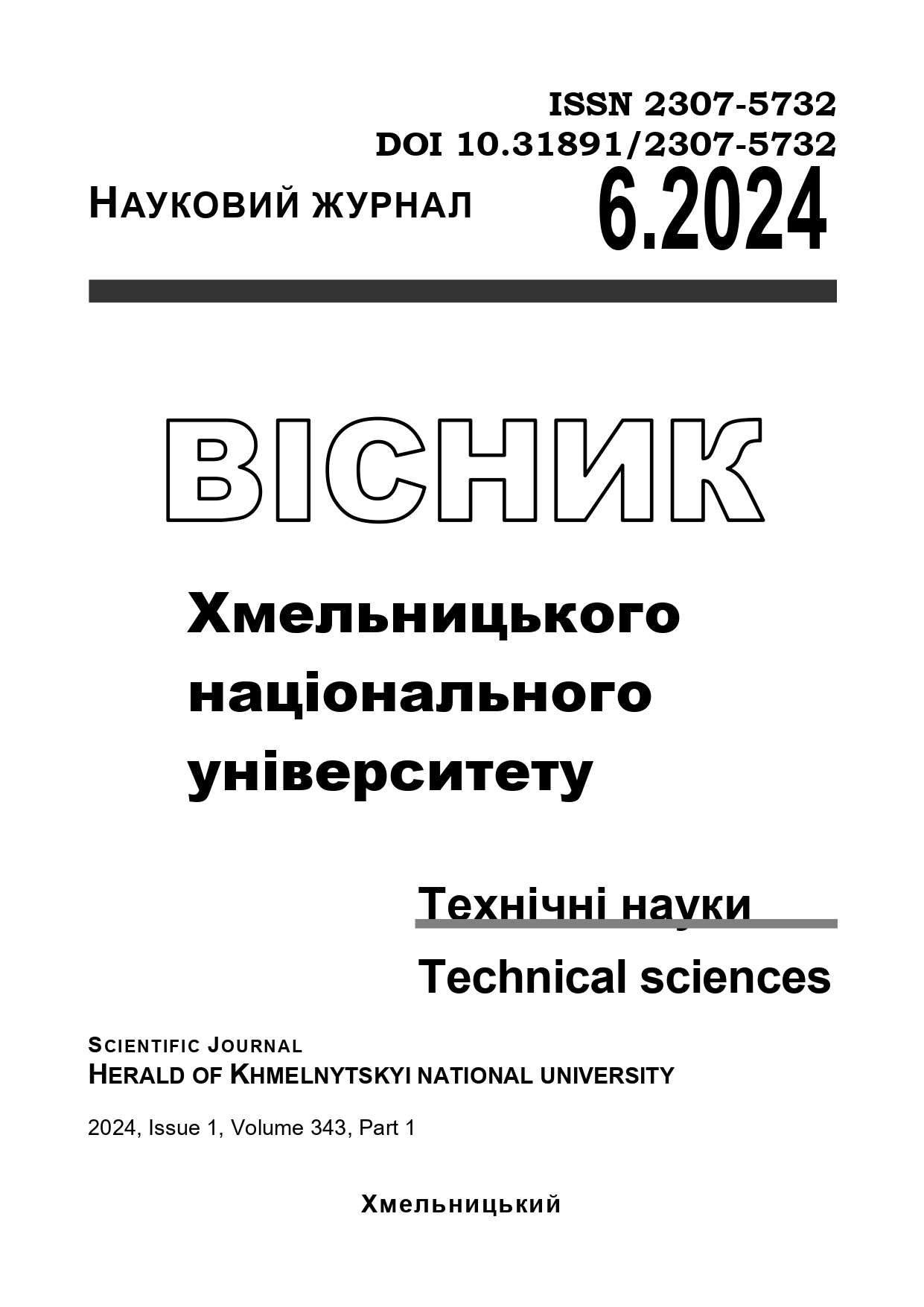OPTIMIZATION OF THE EFFICIENCY OF WIRELESS POWER TRANSMISSION THROUGH A THREE-PHASE MAGNETIC RESONANCE SYSTEM
DOI:
https://doi.org/10.31891/2307-5732-2024-343-6-26Keywords:
three-phase system, wireless power transmission, magnetic field, transmission efficiency, coupling coefficient, magnetic flux leakageAbstract
This work presents a novel three-phase wireless power transfer (WPT) system designed to address the critical challenges of low power output, low energy transmission efficiency, and excessive circuit stress commonly associated with single-phase systems. The proposed system operates with a phase angle difference of 120 degrees, which enhances its performance and overall effectiveness in power transfer applications. To facilitate comprehensive analysis, a multi-physics simulation model using COMSOL software was developed. In this model, the topology of the three-phase resonant compensation network is meticulously analyzed, and the structure of the coupling coil is optimized for improved performance. The simulation results indicate that the three-phase system significantly reduces magnetic flux leakage and minimizes stress within the circuit compared to conventional single-phase systems operating under identical environmental conditions, air gaps, and frequencies. Furthermore, the findings reveal a marked improvement in energy transmission efficiency, demonstrating the advantages of adopting a three-phase configuration in WPT systems. The resonance frequency of 47.5 kHz is highlighted as optimal for achieving superior system performance. The study underscores the importance of the proposed system's design and optimization strategies, which collectively contribute to a more efficient and stable wireless power transfer solution. By advancing the capabilities of WPT technology, this research has the potential to pave the way for practical applications in various domains, including electric vehicle charging and other consumer electronics, thereby enhancing the efficiency and reliability of energy transfer systems. The outcomes emphasize the viability of three-phase systems in overcoming the limitations inherent in traditional single-phase wireless power transfer technologies.

